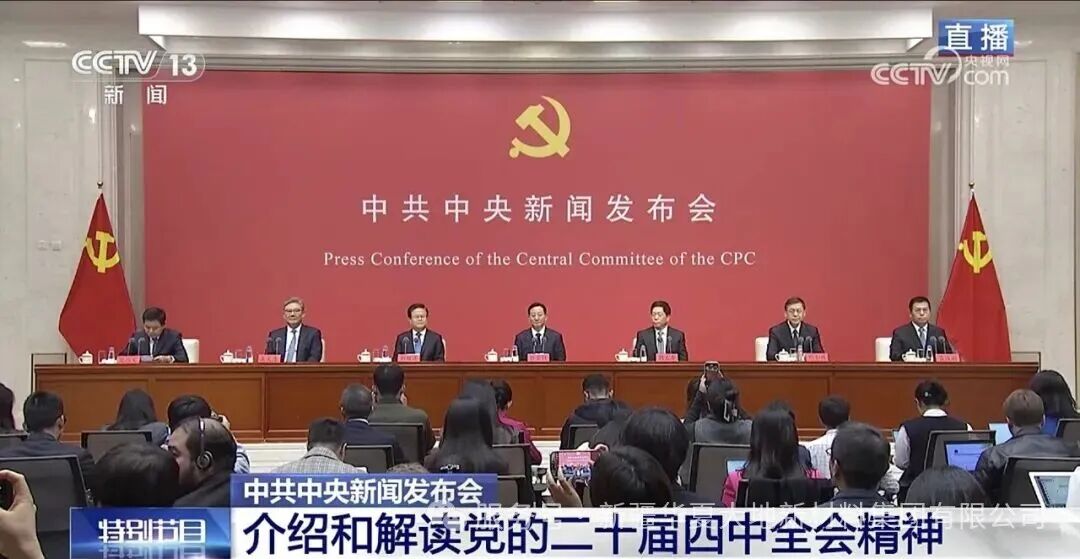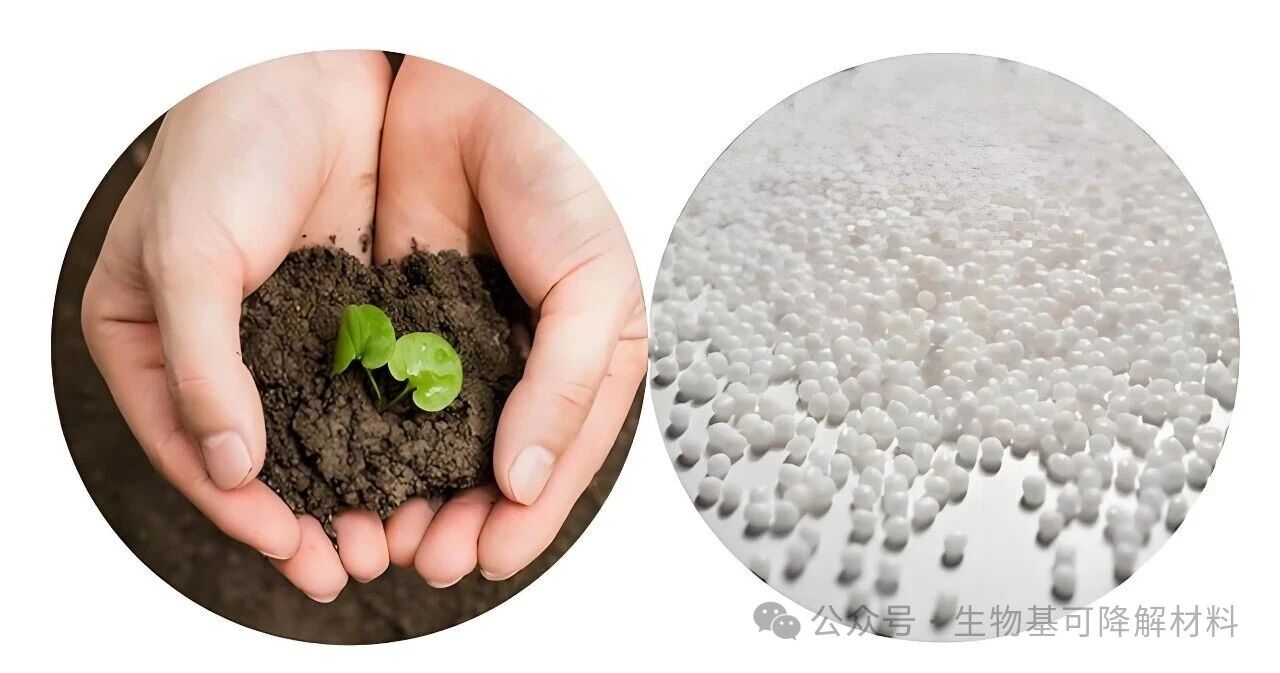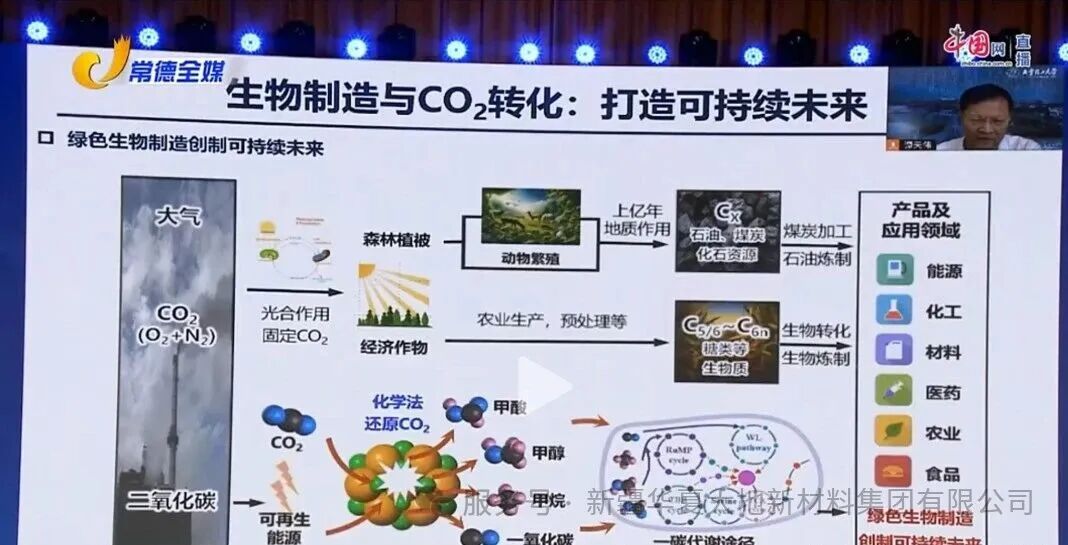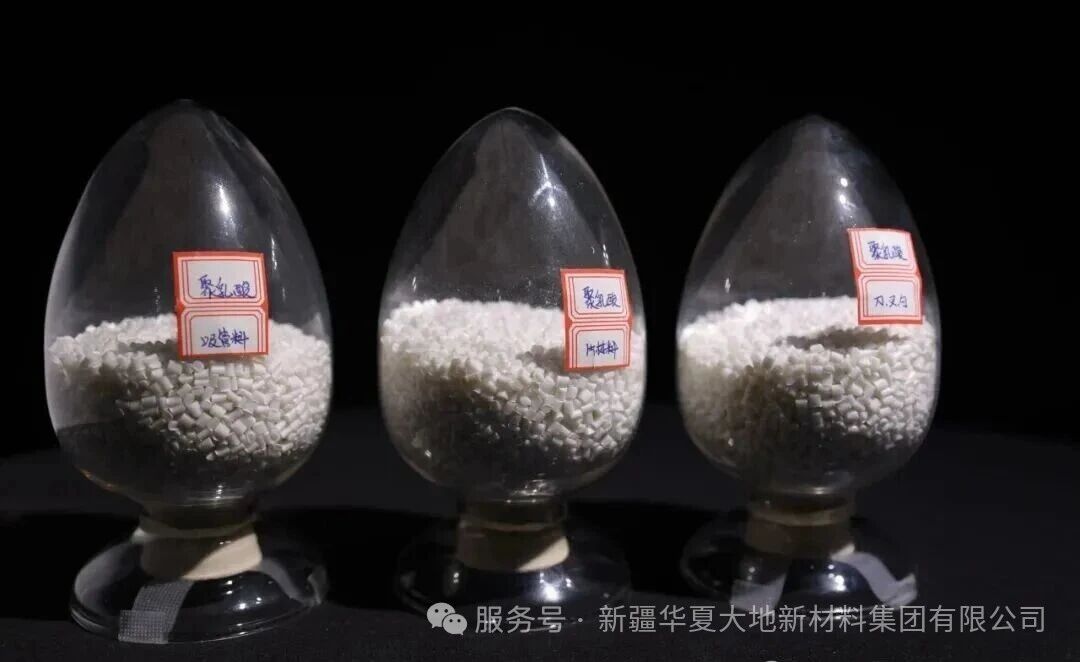
In the field of medicine, the development of materials science is constantly driving the innovation of medical technologies. Among them, polylactic acid (PLA), as a biodegradable material, has been increasingly widely applied in soft tissue repair in recent years, demonstrating significant clinical potential and market prospects.
Biocompatibility advantage
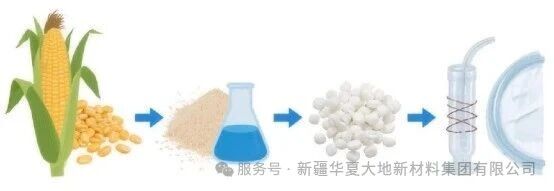
The greatest advantage of polylactic acid lies in its excellent biocompatibility. This material is derived from starch extracted from plants such as corn and cassava, and is produced through processes such as fermentation and polymerization. In the human body, it eventually decomposes into carbon dioxide and water, without causing any toxic accumulation. Compared with traditional metal materials, polylactic acid materials do not require a second surgical removal, thereby alleviating the patient's pain; compared with other high-molecular materials, its degradation products are harmless to the human body and do not cause a strong immune rejection reaction. These characteristics make polylactic acid an ideal choice for soft tissue repair.
The artificial nerve conduits made of polylactic acid in the field of nerve repair are changing the treatment methods for peripheral nerve injuries. These micrometer-sized conduits can bridge the broken nerve ends and provide a guiding channel for nerve cell regeneration. As the nerve gradually regenerates, the conduits slowly degrade, ultimately achieving the restoration of nerve function.
Skin tissue engineering
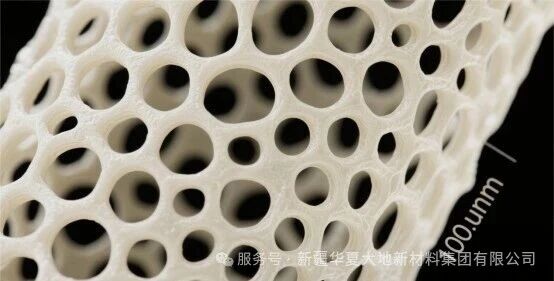
In the treatment of skin burns and wound repair, polylactic acid scaffold materials create a microenvironment similar to the natural extracellular matrix. This porous structure promotes the migration and proliferation of fibroblasts and keratinocytes, accelerates wound healing, and reduces scar formation.
Ligament and tendon repair
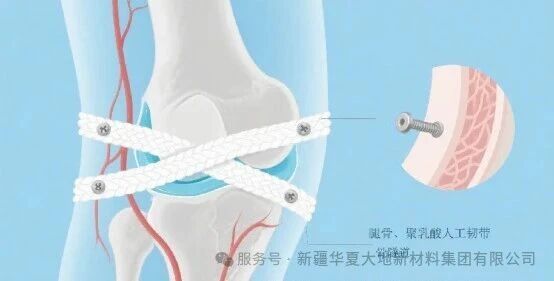 The common anterior cruciate ligament rupture in sports injuries can now be repaired using polylactic acid materials. These high-strength artificial ligaments provide mechanical support while gradually being replaced by the body's own tissues, achieving functional recovery.
The common anterior cruciate ligament rupture in sports injuries can now be repaired using polylactic acid materials. These high-strength artificial ligaments provide mechanical support while gradually being replaced by the body's own tissues, achieving functional recovery.
Market prospects

According to the latest market research report, the global medical polylactic acid market is experiencing a period of rapid growth. The market size reached 1.65 billion yuan in 2023 and is expected to exceed 2.27 billion yuan by 2030, with a compound annual growth rate of 4.5%. The driving factors include: the global aging phenomenon, the increased demand for soft tissue repair, the rising demand for minimally invasive surgeries and rapid recovery, and the continuous growth in healthcare spending.
Technological advancements
 In recent years, with the development of nanotechnology and 3D printing technology, the application forms of polylactic acid materials have been constantly innovated. Electrospinning technology can produce nanofiber scaffolds, mimicking the structure and scale of natural extracellular matrix; 3D printing can construct personalized and complex-structured implants, precisely matching the morphology of tissue defects. Researchers have also further optimized the performance of polylactic acid through methods such as surface modification and combining with other biological materials. For example, combining with hydroxyapatite can improve bone integration ability, and combining with chitosan can enhance antibacterial performance.
In recent years, with the development of nanotechnology and 3D printing technology, the application forms of polylactic acid materials have been constantly innovated. Electrospinning technology can produce nanofiber scaffolds, mimicking the structure and scale of natural extracellular matrix; 3D printing can construct personalized and complex-structured implants, precisely matching the morphology of tissue defects. Researchers have also further optimized the performance of polylactic acid through methods such as surface modification and combining with other biological materials. For example, combining with hydroxyapatite can improve bone integration ability, and combining with chitosan can enhance antibacterial performance.
Future outlook

In the future, medical polylactic acid materials are developing towards a direction of functionalization and intelligence. Researchers are developing polylactic acid materials with drug-controlled release functions, which can locally release active molecules such as growth factors and antibiotics, actively promoting tissue regeneration and preventing infections. With the advancement of regenerative medicine, polylactic acid scaffold materials combined with stem cells are expected to achieve more efficient tissue repair and functional reconstruction. These "living" implants will not only provide structural support but also serve as a bioactive system that promotes regeneration. From absorbable sutures to complex tissue engineering scaffolds, medical polylactic acid materials are demonstrating broad application prospects and significant market potential in the field of soft tissue repair. With the deep integration of materials science, engineering, and medicine, this green and renewable biological material will undoubtedly bring more benefits to patients and create huge economic value.


